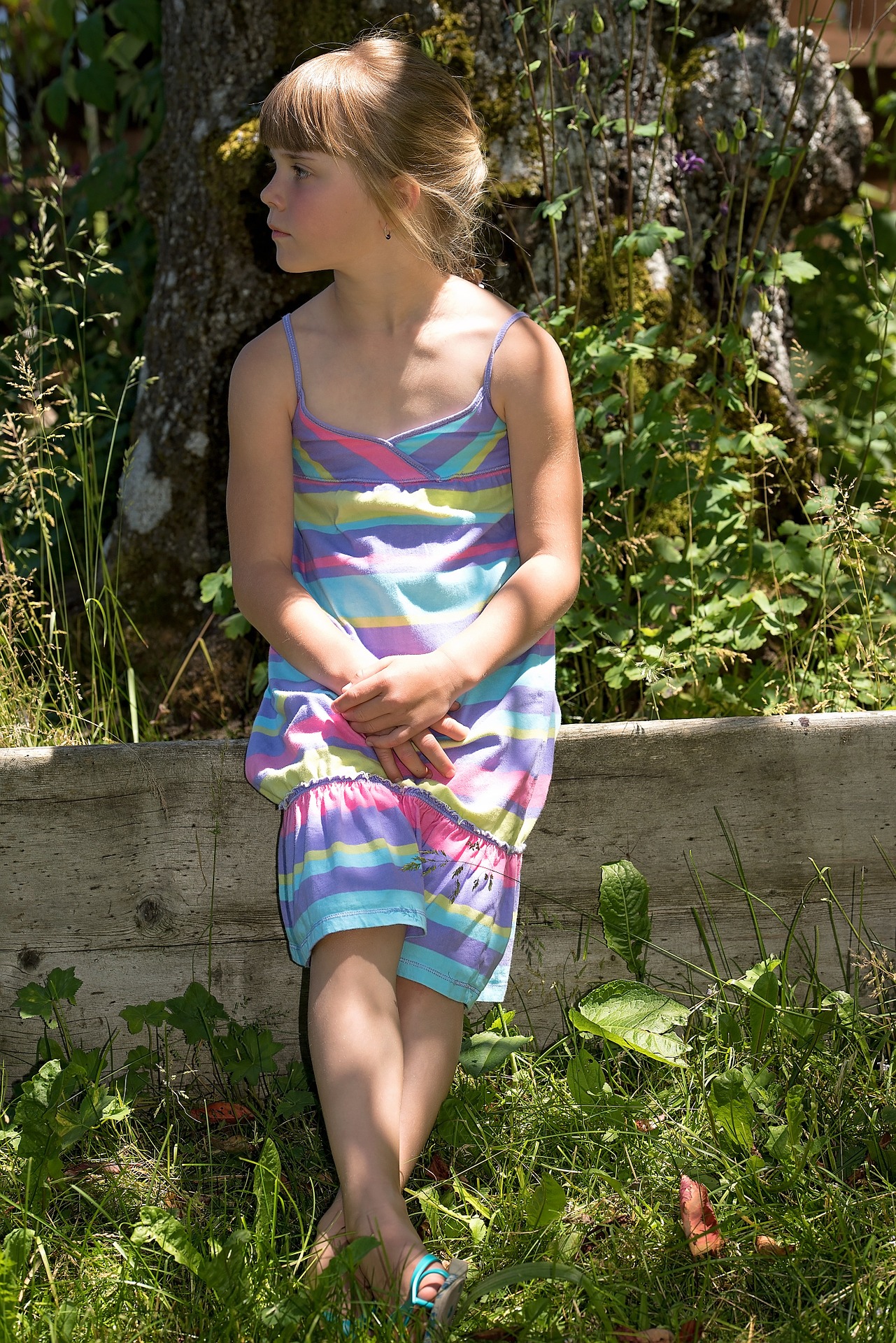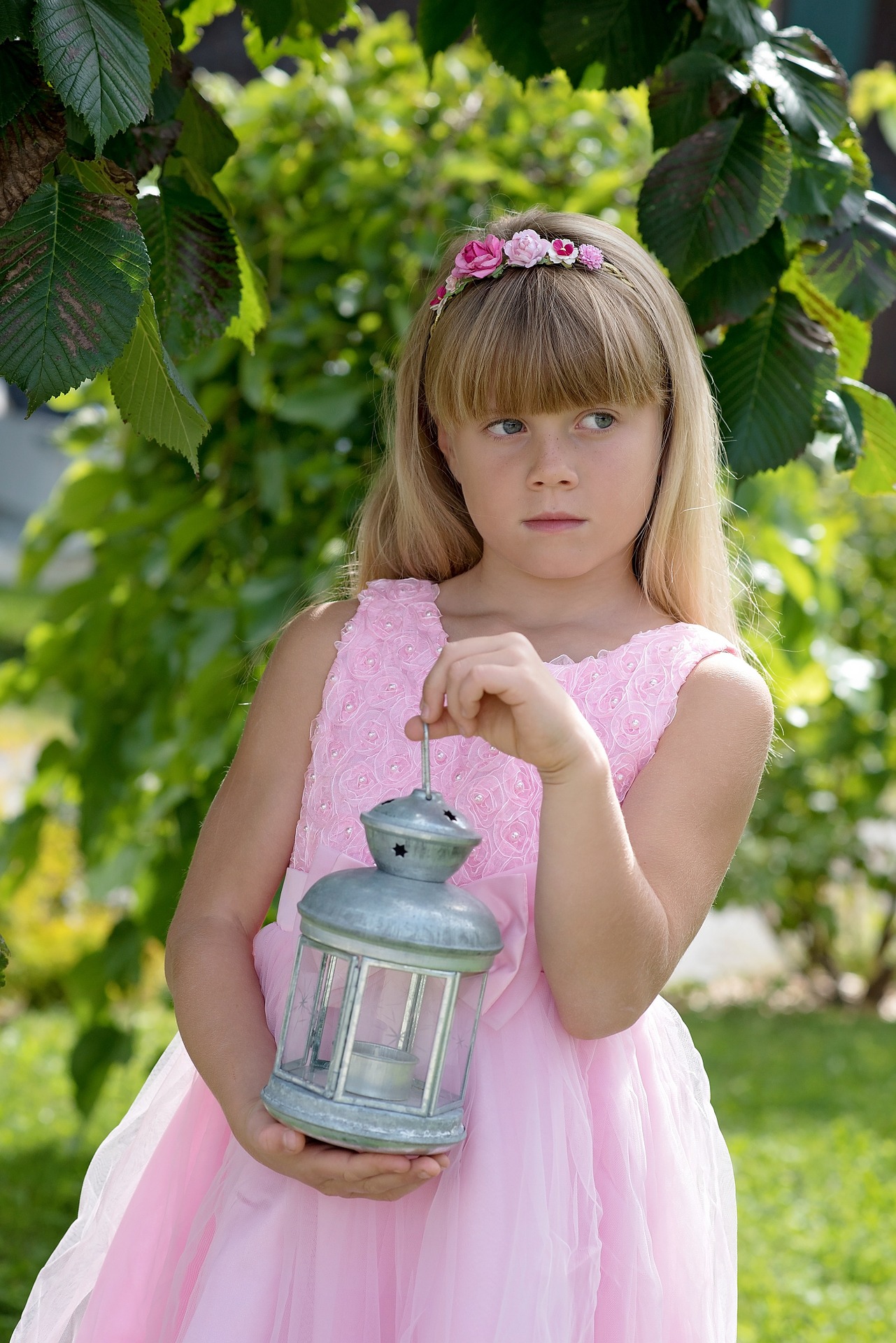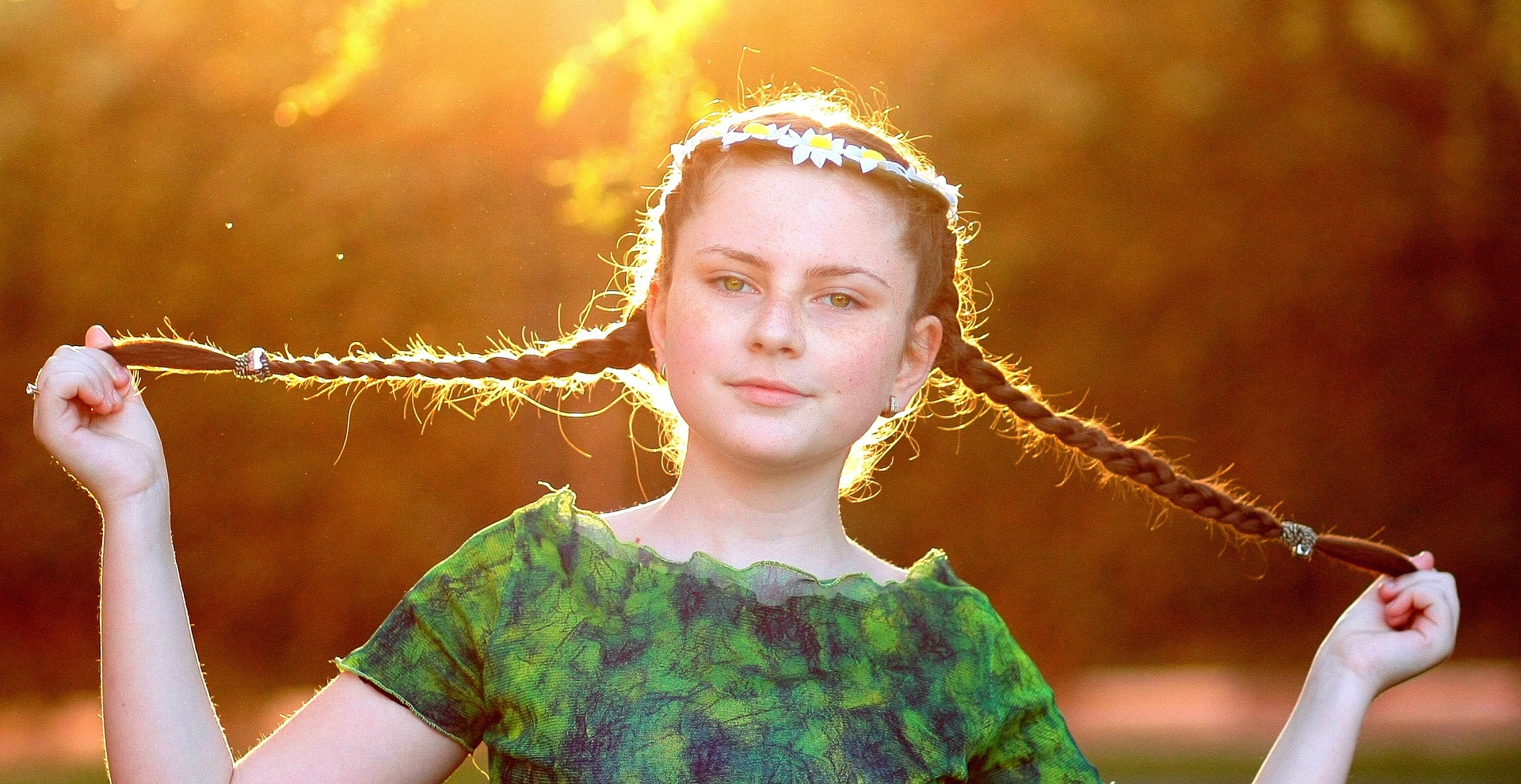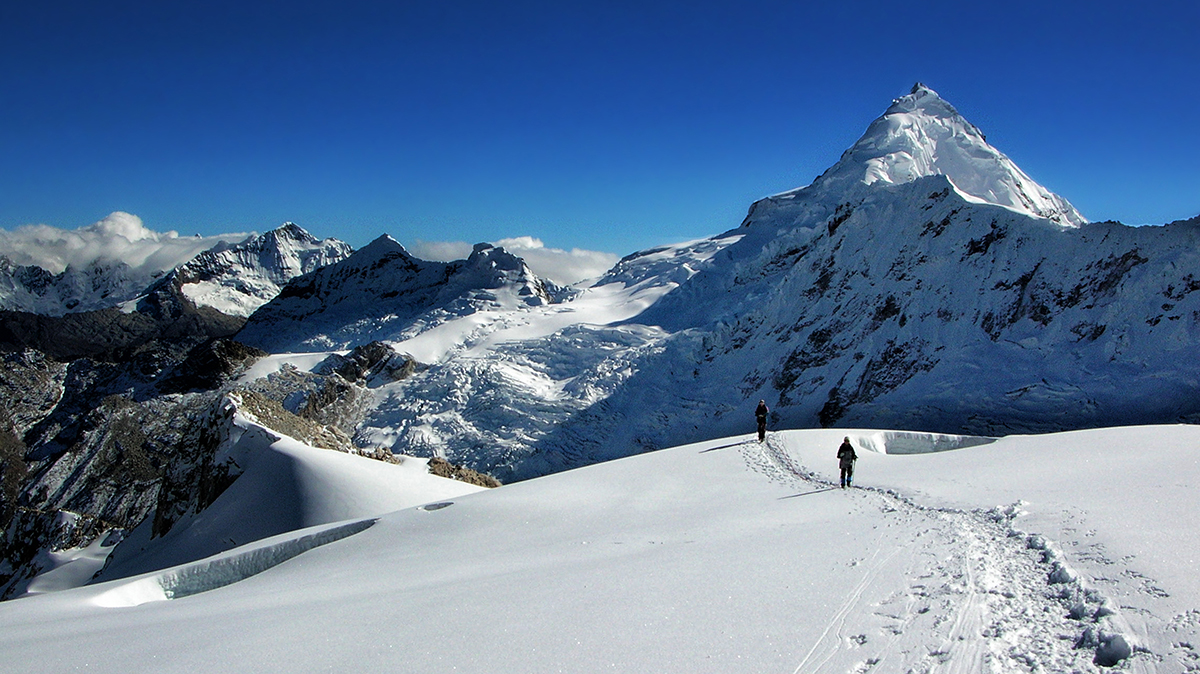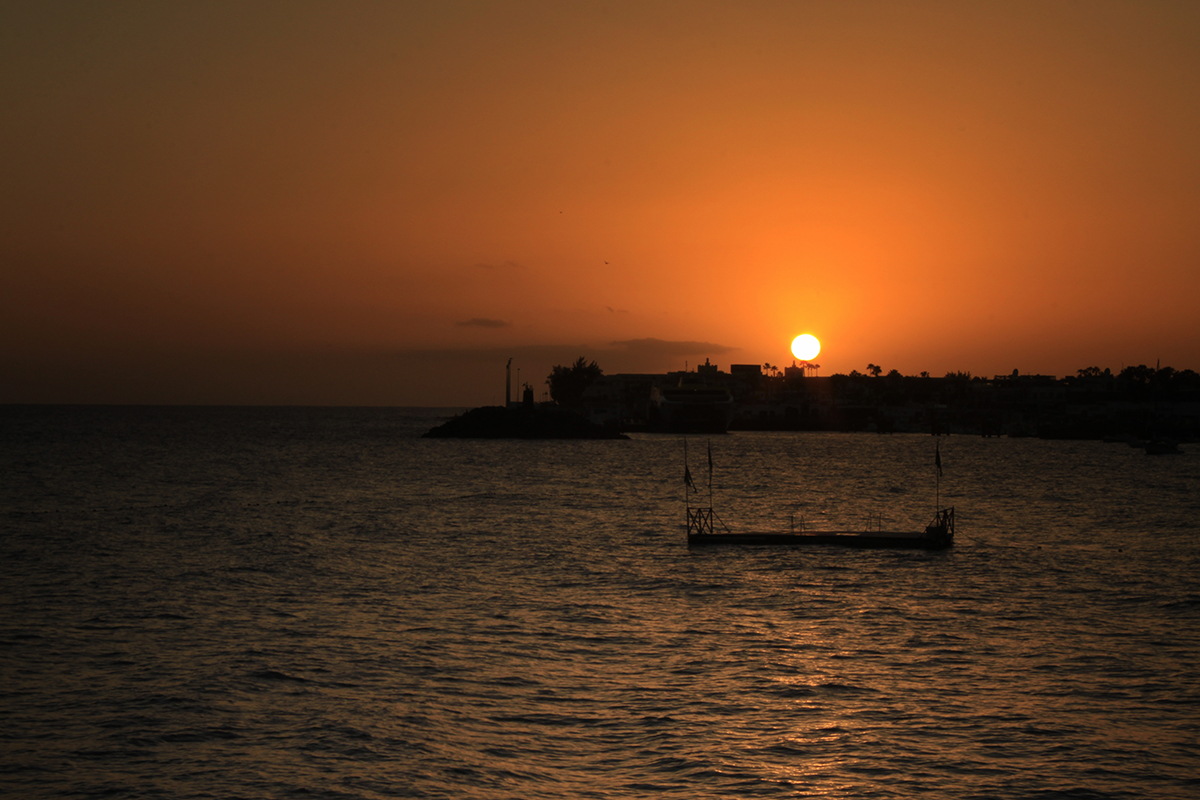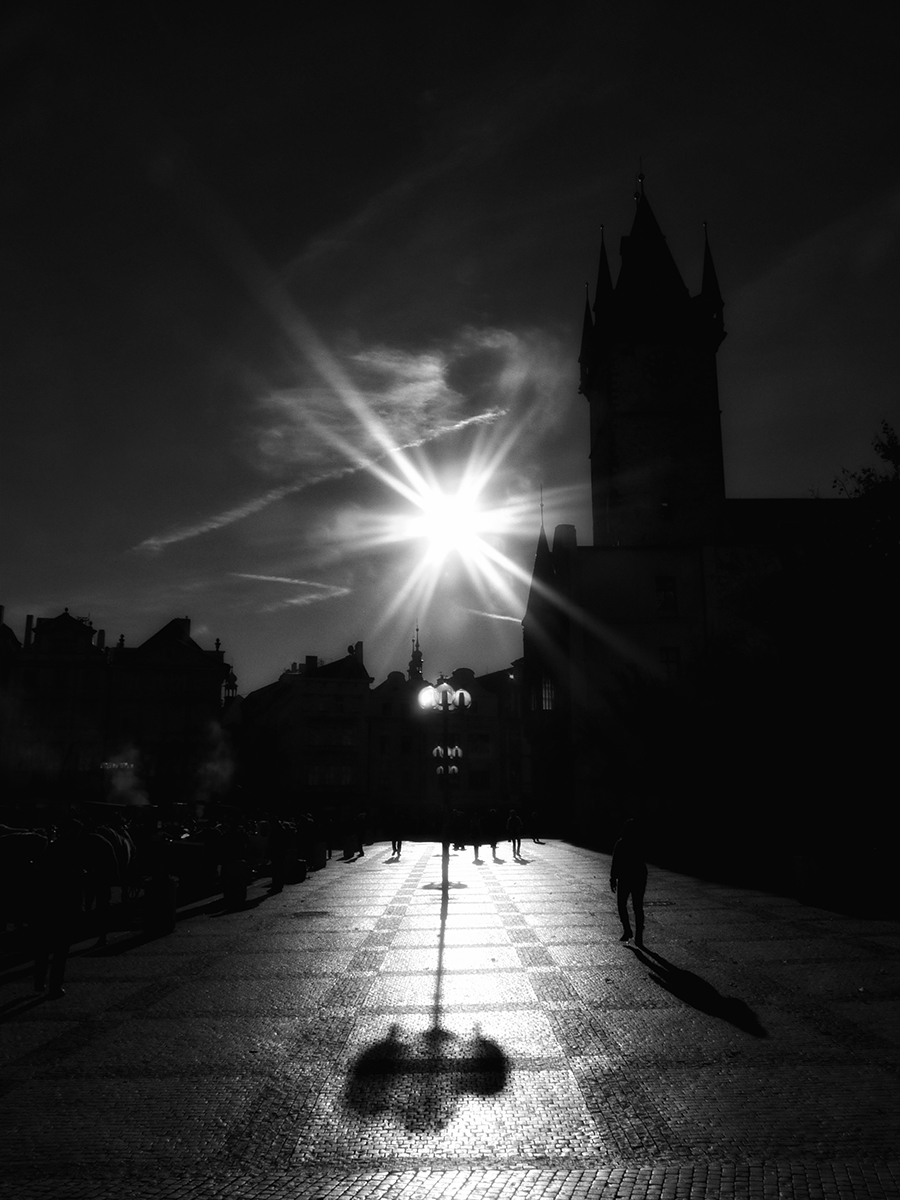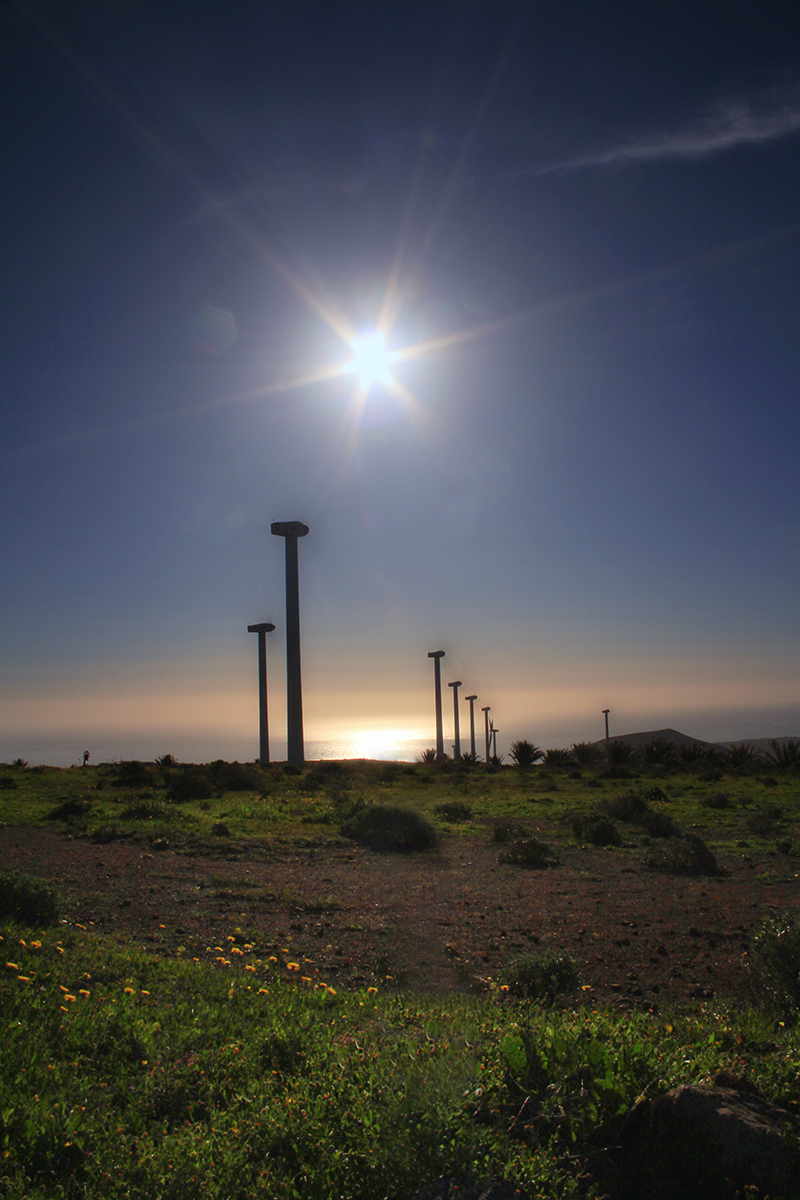Warning: this article deals with capturing images of the Sun. Looking into the Sun with bare eyes or through a photography lens can produce irreversible damage to your eyes. Be extremely cautious when trying the techniques shown in this article!
For most of us, astrophotography is one of the most challenging types of photography that we can think of. First of all, it usually happens at night, which makes it difficult already from the logistics point of view, not to mention the noise problems, focusing difficulties, etc. Also, when we look at those fantastic images of galaxies and nebulae, we feel it is beyond our reach both in terms of gear and capacity. And the truth be said, many times that is indeed the case. For starters, many of those images were captured with specialized Earth-based telescopes or even the Hubble space telescope, so there is no way, for most of us, to be able to reproduce them.
There are, however, some subjects that we a decent gear and enough planning can be easily captured by anyone interested. The most popular ones are probably the moon, star trails, meteor showers, artificial satellites like the International Space Station, aurorae and the Milky Way.
The one I want to address here is surprisingly not so popular and, even better, is visible during the day. I am talking about the Sun.
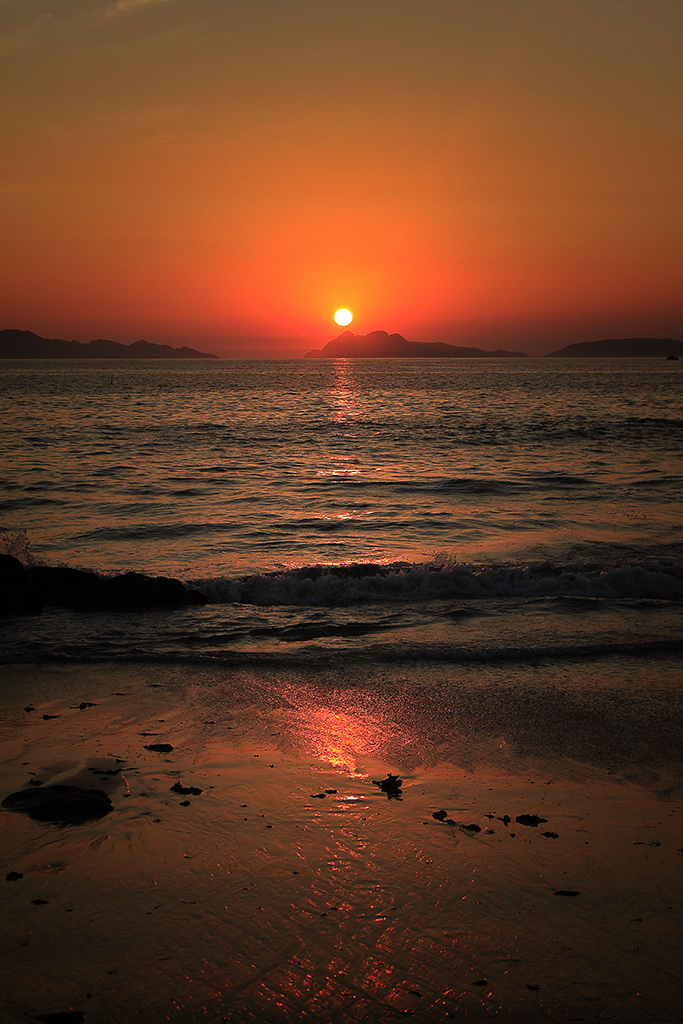
Mercury transit
And next Monday (May 9, 2016), it is a very special day to try your first (well, it might be worth practicing a bit before) photo of the Sun, since Mercury, the innermost planet of the Solar System, is going to be passing right in front of our central star, making for a nice subject.
Mercury has an orbital period around the Sun of about 88 days. If we compare this to the 365 days that the Earth takes to complete a full orbit around the Sun, that means that Mercury should pass in front of the Sun almost 4 times a year. However, due to differences in the inclination of the planetary orbits, this actually occurs in a not so regular basis. While the last transit occurred in 2006, the next one will be in 2019 and the following one in 2032!
A good thing about the transit is that it lasts for several hours (more than 7 hours this time), so you will have many chances to get it right and you can also get many exposures to combine them together afterwards in Lightroom or Photoshop. So now let’s see how to capture this phenomenon.
Making photos of the transit
But first of all, a very important warning: DO NOT EVER LOOK INTO THE SUN, UNDER NO CIRCUMSTANCES!!! Looking directly into the Sun with bare eyes for just some seconds can damage your sight permanently, and looking through a photographic lens for just a split of a second will cause irreversible damage, so really, DO NOT LOOK DIRECTLY INTO THE SUN. If you do not understand the risks, please do not try this.
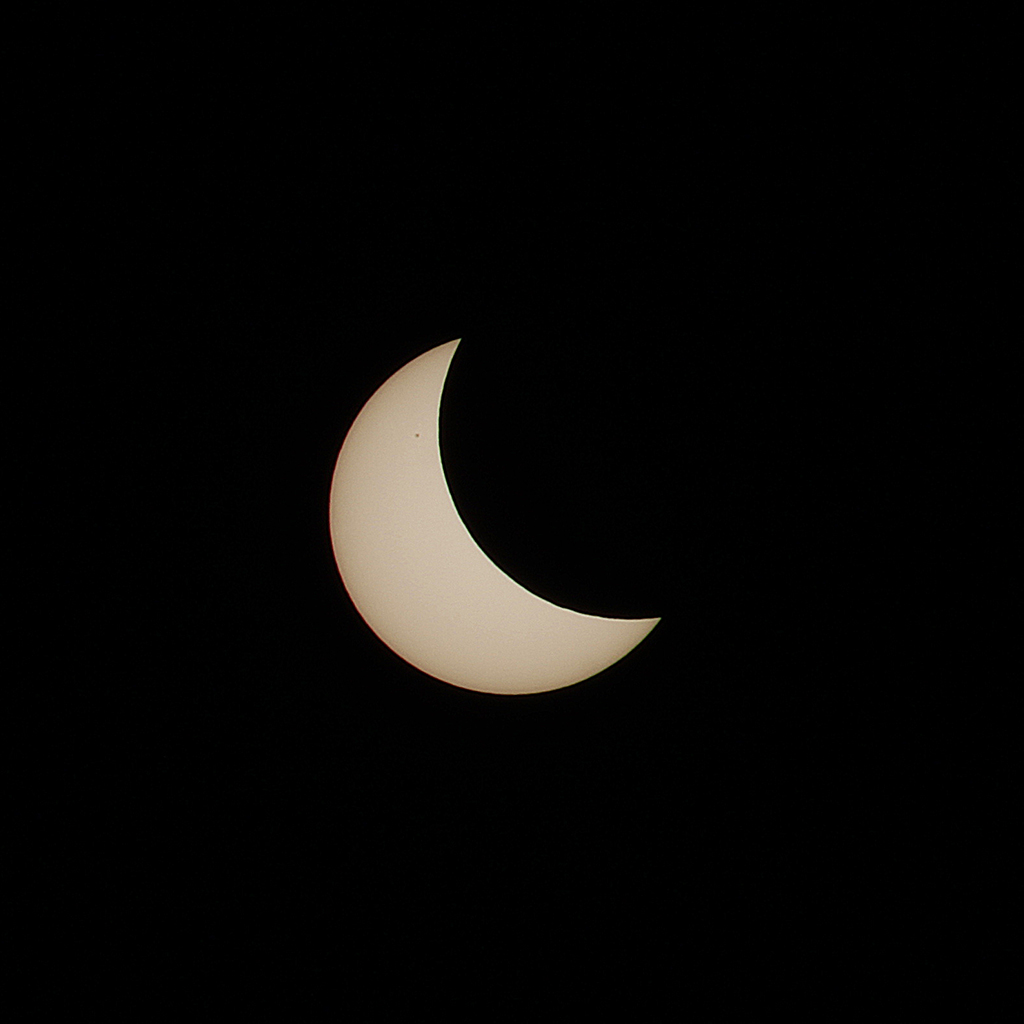
Now, apart from a DSLR camera, you will preferably need a zoom lens and definitely a tripod and dark neutral density (ND) filter, preferably an ND1000 that provides a 10 f-stop reduction of the amount of light reaching the sensor. The zoom lens is to get the Sun’s disk to cover an important part of the frame so that the resulting photo is interesting and the ND filter to get the necessary exposure. The Sun is simply too bright so even a very fast shutter speed like 1/4000 will not be enough to avoid overexposure. In fact, even with the ND1000 filter on, you need to set your shutter speed at 1/4000 and the aperture at f/25 (at least those should be good starting points; you can play around with these values until you get the exposure you want).
Whenever I take photos of the Sun or the Moon (both objects look roughly the same size from the Earth!), I use a Canon 90-300 mm zoom lens at its maximum focal length (300 mm). This focal length is enough to get a good size, even though a slightly larger one would fill the frame even more, so if you have a 400 or 500 mm, go ahead and use it.
So once you have your camera with the zoom (or telephoto) lens attached to it, attach the ND filter, look for a good spot to set your tripod and, WITHOUT LOOKING INTO THE SUN (sorry, I cannot stress this enough) point your camera roughly at the Sun.
The next step is to properly set the Sun in the frame of your camera and to accurately focus. Now this is another delicate point where people do not agree. Since you cannot look directly into the Sun, you will need to complete these two steps by using the Live View of your camera (the screen).
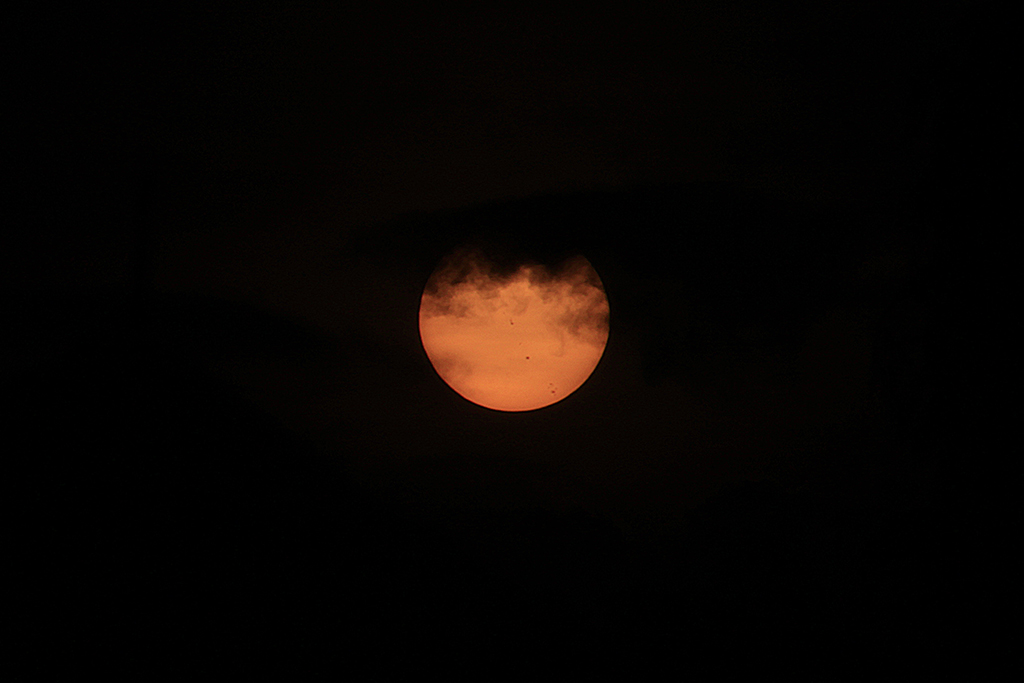
I’ve read many times that pointing your camera to the Sun with the internal mirror up can damage your sensor, especially when taking long exposure photos. This might be true especially without using ND filters but, from my experience, with the ND1000 I’ve taken many photos of the Sun and so far I’ve never had any issue with my sensor. In any case, if you want to minimize the time your sensor will be directly expose to direct sun light, you can first set the focus by focusing at any object that is very far from you, the farthest object you can see around you. That should set the focus to the ‘infinity’ point of your lens which should work well for the Sun as well. If for any reason this does not work for you, you can always perform manual focusing using the Live View mode of your camera.
Then, the final preparation step comes in, and that is framing the Sun. For this, you don’t have any other option but to activate the Live View and move your camera (already placed on the tripod) until the Sun is right on the middle of the back screen (again, remember to always look at the screen, and not at the Sun!).
Once everything is set, you can stop the Live View mode. If you did everything right, the whole process should take not more than 10 seconds and, taking into account that you have your ND1000 filter on, everything should be fine with your sensor and your eyes.
That’s pretty much all you need to get a nice photo. Just take your photos in normal mode (no Live View) as you would with any other subject. If you have a remote controller for your camera use it. Otherwise, set the timer of your camera to 2 or 10 seconds. This will avoid any motion from you pressing the shutter that would be very visible with such a large focal length.
An extra thing to take into account is that, with a focal length of 300 or 500 mm, the relative motion of the Earth and the Sun will become noticeable, meaning that you will have to make adjustments on the pointing of the camera from time to time. For this, simply activate the Live View mode, move the camera accordingly, and repeat the process.
Now, take into account that getting the right focus to get very sharp details on the planet itself or the sunspots (yes, if there are sunspots you will actually capture them as well!) is very difficult (in fact I have not been able to get completely sharp photos myself so far!) so don’t get frustrated. Try to improve the focusing using Live View (remember to leave the Live View mode activated only for short periods of time) until you are happy with the results.
Finally, it is intuitive (it was for me at least!) to overexpose your picture when capturing the Sun or the Moon. This is probably because we expect them to be bright objects. However, if you want to capture details, you will need to underexpose so play with the settings of your camera until you get the right results. In any case, the settings should be close to 1/4000 and f/25.
Summary
So let’s take a look at the steps one by one:
- Do not look directly into the Sun, either with bare eyes or through the lens. Seriously!
- Attach a zoom or a telephoto lens (preferably a focal length greater than 300) to your camera.
- Focus to the most distant object you can.
- Attach the ND1000 filter to your lens taking care of not changing the focus (this might be tricky if the filter thread is located at the focusing ring, so be careful while doing it).
- Set your tripod on a nice location, put your camera on the tripod and point it roughly towards the Sun.
- Set the exposure time of your camera to 1/4000 and the aperture to f/25.
- Activate the Live View and, using the screen of your camera, point your camera so that you can see the Sun roughly at the center of the screen.
- Adjust the focus if you think it is necessary (try to leave the Live View mode on for as short a time as possible).
- Turn off the Live View mode and take photos as you would usually do using either a remote controller or the timer of your camera. If needed, adjust the exposure time and/or aperture.
- Adjust the pointing direction of your camera once the Sun starts to get out of the frame.

